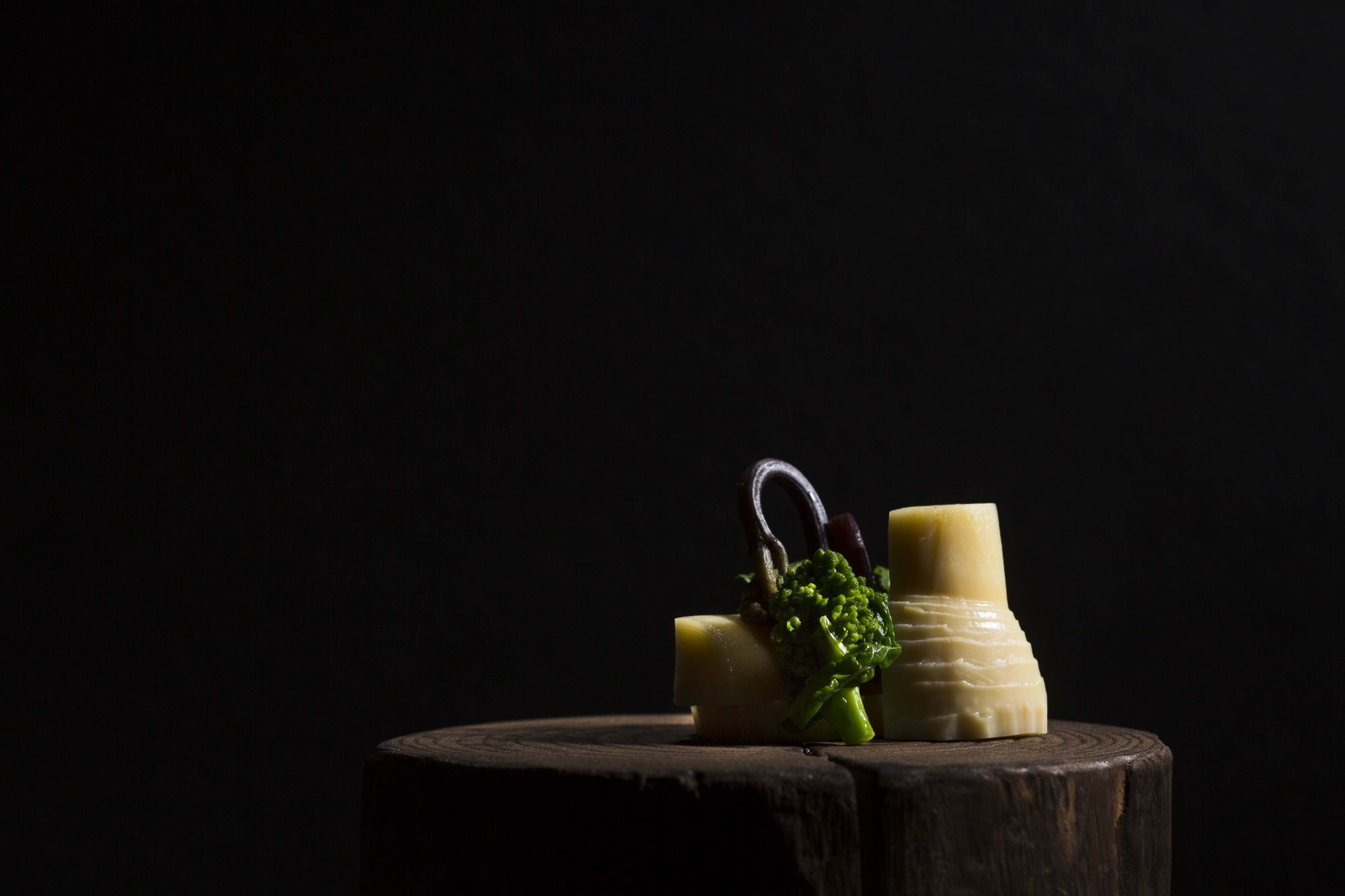1. It's a historic and visually stunning culinary artform

Kaiseki is a traditional multi-course meal, perhaps easily understood as the Japanese equivalent of Western haute cuisine. It dates back to the 16th century when the royal court began holding ritual banquets and is of utmost importance in Japan's culinary repertoire. "Our philosophy at Kaiseki Yoshiyuki is that we first eat food with our eyes. I would like for our guests to experience a meal that is beautifully harmonised and a seasonal expression of edible art," says chef Yoshiyuki Kashiwabara who heads one of the only authentic kaiseki restaurants in Singapore.
2. Every aesthetic detail means something



